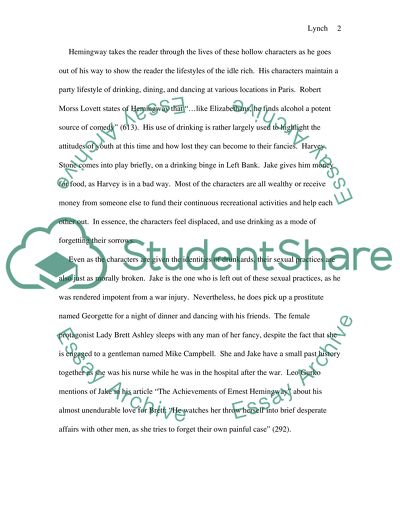Cite this document
(“Ernest Hemingway's The Sun Also Rises Book Report/Review”, n.d.)
Ernest Hemingway's The Sun Also Rises Book Report/Review. Retrieved from https://studentshare.org/miscellaneous/1533091-ernest-hemingways-the-sun-also-rises
Ernest Hemingway's The Sun Also Rises Book Report/Review. Retrieved from https://studentshare.org/miscellaneous/1533091-ernest-hemingways-the-sun-also-rises
(Ernest Hemingway'S The Sun Also Rises Book Report/Review)
Ernest Hemingway'S The Sun Also Rises Book Report/Review. https://studentshare.org/miscellaneous/1533091-ernest-hemingways-the-sun-also-rises.
Ernest Hemingway'S The Sun Also Rises Book Report/Review. https://studentshare.org/miscellaneous/1533091-ernest-hemingways-the-sun-also-rises.
“Ernest Hemingway'S The Sun Also Rises Book Report/Review”, n.d. https://studentshare.org/miscellaneous/1533091-ernest-hemingways-the-sun-also-rises.


